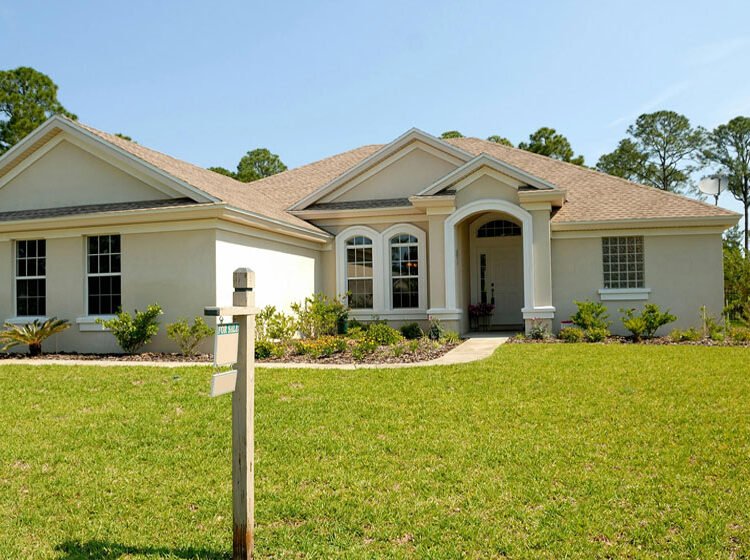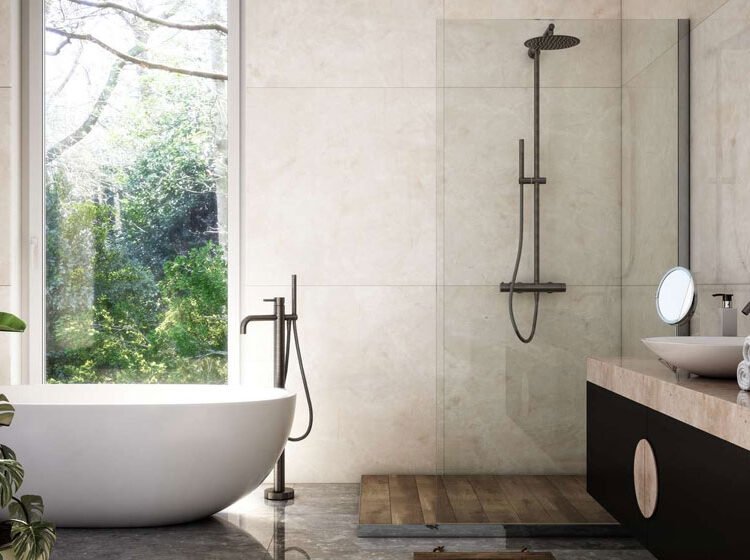When it comes to your kitchen, lighting plays a crucial role in creating the right atmosphere and ensuring that your space is both functional and aesthetically pleasing. Kitchen lighting can be categorized into two main types: general lighting, which illuminates the entire room, and work lighting, designed to light up specific areas. Within these two broad categories, you’ll find several options to consider, including ceiling lighting, recessed lighting, track lighting, pendant lighting, and undercabinet lighting. Let’s explore each of these kitchen lighting types in detail.
Ceiling Lighting
Ceiling lighting fixtures are commonly found in most kitchens as they serve as the default illumination source. Building codes typically require a switch-controlled ceiling light in each room, making it a fundamental lighting choice for your kitchen.
General Lighting: Ceiling lighting, often referred to as ambient lighting, is powerful enough to brighten the entire kitchen area. It provides wide and diffuse illumination without focusing on any specific area. These fixtures radiate light in all directions, including upwards toward the ceiling. Ceiling lights enhance safety by illuminating the room as a whole, aiding in accessing other lighting features.
However, it’s essential to note that ceiling lights are not ideal for lighting counter spaces, and they lack the adjustability and focus that track fixtures offer. Regardless of other lighting types in your kitchen, having a ceiling light for general illumination is always a good practice.
Pros:
- Provides an easy way to light up the entire room
- Meets building code requirements
Cons:
- Does not address task-specific areas
- Counters may remain in shadow
Recessed Lighting
Recessed lighting, often referred to as can lights, is a classic solution to illuminate various parts of your kitchen. These lights come in popular diameters of 4, 5, and 6 inches, delivering ample brightness to specific countertop or kitchen island areas. However, one drawback of recessed lighting is shadowing. These lights cast illumination downward, and any obstruction in their path, such as wall cabinets or a person working at the counter, creates shadows below.
Work Lighting: Recessed lights, sometimes known as task lighting, focus on illuminating small, specific zones like kitchen islands, countertop preparation areas, and cooking spaces. The key advantage of recessed lights is their flush positioning with the ceiling, offering a clean look without consuming physical or visual space. But this advantage also comes with a drawback: no light is cast on the ceiling to brighten the overall space.
Older recessed light fixtures were often associated with energy inefficiency because they allowed heat to escape into the attic. However, modern airtight (AT) and insulation-compatible (IC) fixtures have largely addressed this issue, making them energy-efficient choices. Keep in mind the type of recessed light you select, as non-IC lights should not be covered in the attic.
Pros:
- Low-profile design
- Minimizes visual distractions
Cons:
- Some models may waste energy
- Certain fixtures cannot be covered
Track Lighting
Track lighting has gained popularity in kitchens over the last few decades, offering many of the advantages of recessed lighting while minimizing some of its drawbacks. These fixtures are installed on the surface of the ceiling, and individual light units along the track can be conveniently repositioned as needed. This flexibility allows you to add or remove lights, providing more or less illumination based on your requirements.
Track lights, like recessed lights, can cast shadows. However, their movability enables you to adjust individual fixtures forward or backward to reduce shadowing. It’s essential to be cautious about low-voltage track lighting with energy-intensive halogen bulbs. Energy-efficient LED bulbs are a more sustainable option, consuming less energy, generating less heat, and producing ample light, similar to halogens.
Pros:
- Simple to reposition
- Easy to add or remove lights
Cons:
- May create visual impediments
- Can go in and out of style
Pendant Lighting
Pendant lighting offers an alternative solution for kitchen ceiling lighting. These hanging pendant fixtures position the lights just above head level and often come with vertical adjustability. Pendant lights can either be fixed in place or integrated into track lighting systems.
While pendant lights provide excellent task-specific lighting, it’s essential not to overuse them. Recessed lights can be multiplied almost endlessly since they sit flush with the ceiling and don’t draw much attention. In contrast, pendant lights, when overused, can clutter the kitchen’s appearance. When spaced intelligently, they can effectively illuminate most work surfaces, but they may not reach the counter spaces beneath wall cabinets.
Pros:
- Ideal for task-specific lighting
- Great for lighting kitchen islands
Cons:
- May create visual impediments
- Can be physically obstructive
Undercabinet Lighting
Regardless of the ceiling fixtures you choose, you’ll likely require task lighting that shines directly down from your wall cabinets. Undercabinet lighting offers the best task lighting solution as it eliminates shadows, providing bright and focused lighting without casting harsh glare into the primary kitchen area.
Undercabinet fixtures offer a sleek and discreet appearance once installed. Opting for LED fixtures ensures superior lighting performance and energy efficiency.
Pros:
- Virtually invisible when installed
- Eliminates shadows on work areas
Cons:
- Provides small, focused lighting
- Primarily illuminates countertop areas
In summary, choosing the right kitchen lighting involves considering your specific lighting needs, aesthetics, and overall kitchen design. Each lighting type offers its unique benefits and drawbacks, so a thoughtful combination of these options can transform your kitchen into a well-lit and visually appealing space that caters to your cooking and dining requirements.






